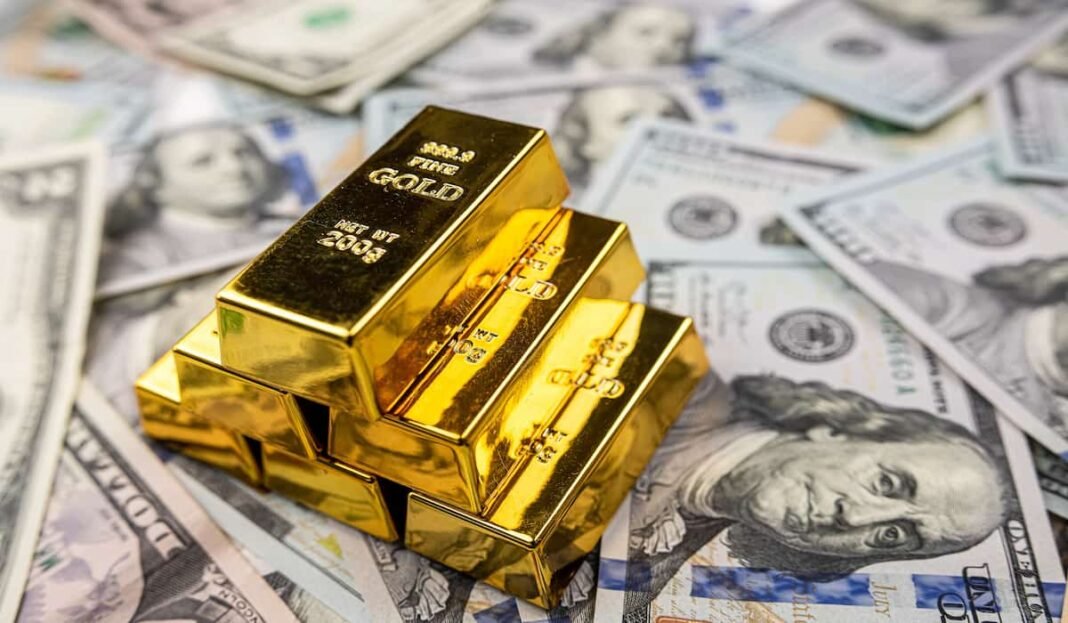Gold prices in the U.S. stayed near a two-week high as investors assessed fresh economic signals. A weaker dollar and ongoing concerns over U.S. debt helped gold maintain strength. Gold prices in the U.S. attracted more attention as traders waited for new economic data.
Spot gold traded around $3,339.99 per ounce in the early morning session. Although markets in the U.S. and London stayed closed the day before due to a holiday, gold activity remained steady. Gold prices in the U.S. reflected cautious optimism as investors focused on macroeconomic drivers.
Meanwhile, U.S. gold futures dropped slightly by 0.8%, settling close to spot prices. This minor decline came as the market paused after a recent rally. Analysts described the movement as a natural pause.
A financial analyst from Asia noted that the gold market is consolidating. Traders expect the next price movement to follow an economic trigger. Many traders kept their eyes on upcoming inflation data and speeches from U.S. Federal Reserve officials.
However, one major factor supported gold’s stability. The U.S. fiscal outlook raised concern. A growing budget deficit and high national debt created investor caution. Gold prices in the U.S. usually benefit when economic uncertainty increases.
Additionally, the U.S. dollar index slipped by 0.3%. It approached a one-month low, making dollar-priced gold more affordable for non-U.S. buyers. A weaker dollar usually improves gold demand and supports prices.
In related news, a recent tax-cut bill from Congress could expand the U.S. debt by $3.8 trillion. This concern added further pressure on the dollar. The Congressional Budget Office released this figure, which raised red flags for financial markets.
Moreover, President Trump adjusted his position on European tariffs. He chose to delay any action until early July, giving more time for negotiations. This shift lowered immediate trade tensions but kept uncertainty on the table.
Traders also awaited the U.S. core PCE index, which influences Federal Reserve policy. Many expect the Fed to cut interest rates in September. Such cuts usually support gold prices because they weaken the dollar.
Elsewhere in the precious metals market, silver increased slightly to $33.38 per ounce. Platinum held steady at $1,084.28, while palladium slipped 0.3% to $984.25.


